#book openings
Text
Venting my frustration as a physics major thru them right now
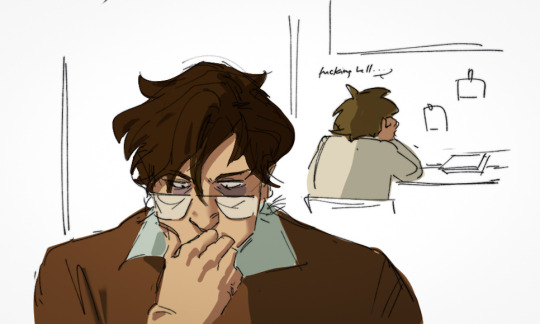
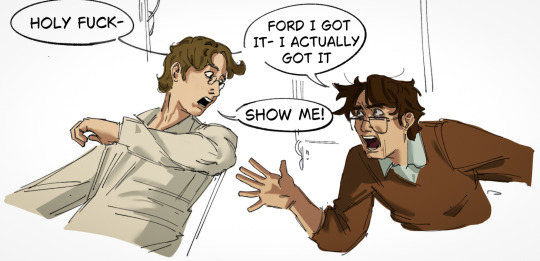

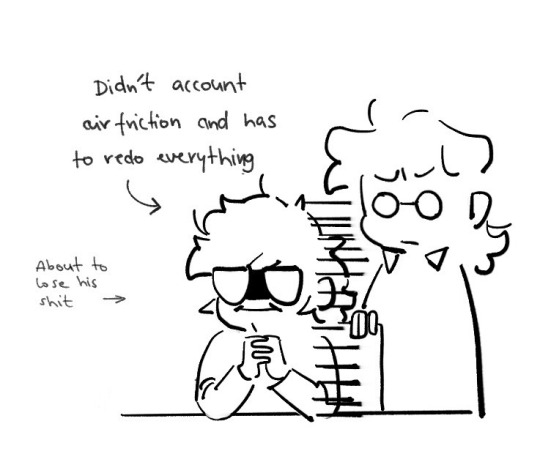
#when the exam is one question open book and internet availability#this is a cry for help#gravity falls#gravity falls art#fiddle ford#fiddleauthor#fiddleford mcgucket#standford pines#gf standford#bill cipher
5K notes
·
View notes
Text


4K notes
·
View notes
Text
“When I first heard it, from a dog trainer who knew her behavioral science, it was a stunning moment. I remember where I was standing, what block of Brooklyn’s streets. It was like holding a piece of polished obsidian in the hand, feeling its weight and irreducibility. And its fathomless blackness. Punishment is reinforcing to the punisher. Of course. It fit the science, and it also fit the hidden memories stored in a deeply buried, rusty lockbox inside me. The people who walked down the street arbitrarily compressing their dogs’ tracheas, to which the poor beasts could only submit in uncomprehending misery; the parents who slapped their crying toddlers for the crime of being tired or hungry: These were not aberrantly malevolent villains. They were not doing what they did because they thought it was right, or even because it worked very well. They were simply caught in the same feedback loop in which all behavior is made. Their spasms of delivering small torments relieved their frustration and gave the impression of momentum toward a solution. Most potently, it immediately stopped the behavior. No matter that the effect probably won’t last: the reinforcer—the silence or the cessation of the annoyance—was exquisitely timed. Now. Boy does that feel good.”
— Melissa Holbrook Pierson, The Secret History of Kindness (2015)
#dog books#this chapter was very sad reading#when you become aware of punishment#and its use and its prevalence#it's hard not to despair#again this is why positive reinforcement feels like absolution#maybe now my eyes are open I can make up for what I did#what I did because it's what everyone does#because it's more acceptable to punish than to do anything else#I've been having so many thoughts about punishment and society and justice#this book was very validating#another great validating moment in my jumbled thoughts#was listening to the You're Wrong About episode on justice#with Amanda Knox#it helped to ease the despair a little
32K notes
·
View notes
Text

concerning love triangle moment
#gravity falls#book of bill#fiddauthor#FIRST AND FOREMOST#then#billford#so like#anyway#post one of many i’m making moves chatting with old friends over here#clip studio paint#commissions open#gravity falls fanart#LOL#toxic yaoi#stanford pines#fiddleford mcgucket#bill cipher
3K notes
·
View notes
Text
tshirt that says NO LIVE ORGANISM CAN CONTINUE FOR LONG TO EXIST SANELY UNDER CONDITIONS OF ABSOLUTE REALITY
#i literally JUST finished hill house a few days ago and i already want to reread. Badly. it's sooo so so soo sooooooooo good <33333!!!!!#also completely enamored by shirley jackson's writing style i NEED to read everything she has written ever like right now..#opening lines of ALL TIME btw 👆❗❗❗#r.txt#the haunting of hill house#ALSO i've seen commentary videos on the tv show they made of hill house but from what i remember of it it's SO different from the book???#i think they were all siblings in the show which is??????? like why would you change that part?? i love sibling relationships as much as the#next guy but i feel like the fact that none of them knew each other was such an essential part of the story like why would u change it....#also eleanor was like. an entirely different character who was also already dead in the show i believe??? and dr. montague doesn't exist??#hill house could've been really good as a show idk why they changed it up like that...like was the original story not interesting enough for#you or something?? WHO decided to make that change i just wanna talk 🤨
18K notes
·
View notes
Text

he has degrees
#my art#digital art#fanart#simon petrikov#fionna and cake#just finished the last 2 episodes#i couldnt stop thinking abt this after seeing him as shermy tryin to open the book#so i had to draw it#i wasnt allowed to watch adventure time as a child but im not immune to silly old man#fionna and cake spoilers#adventure time
11K notes
·
View notes
Text


thinking abt area x again... inspired by jeff vandermeer's annihilation (2014)
pieces
bulletin monumental, vol. 35 (1869), société française d'archéologie
[stone staircase] (2019), pixabay user id: jazella
cmu typewriter typeface
#id in alt text#as always... click for better quality#book inspired#annihilation#southern reach trilogy#scifi#collage#digital collage#400x1200#edit: opening in the first piece bothered me enough that i bit the bullet and fixed it#second edit: added more info abt pieces used
7K notes
·
View notes
Text








"You can only be jealous of someone who has something you think you ought to have yourself."
Margaret Atwood, The Handmaid’s Tale
#art donaldson becoming the most interesting character to me#i'm just obsessed with his jealousy and desires#he's so opaque bc he rarely speaks up but he's an open book when you know how to read him#that much jealousy should have consumed him entirely from the inside we're lucky he's still standing#“was anyone going to tell me about this parallel or was i supposed to notice it by myself?”#i say as never check the tag bc i'm easily annoyed#this seems like an obvious parallel considering the next scene that happens with tashi but i never realized it before now oops#nasty snake donaldson they will never take you away from me!!#art donaldson#tashi duncan#patrick zweig#challengers
3K notes
·
View notes
Text
Your first pages - 4 more book openings critiqued at @Litopia by literary agent @agentpete author @anniesummerlee and me!
I’ve just guested again at Litopia, the online writers’ colony and community. Each week they have a YouTube show, Pop-Up Submissions, where four manuscripts are read and critiqued live on air by literary agent Peter Cox @agentpete and a guest, or sometimes two. This time the other guest was longtime Litopian Annie Summerlee @anniesummerlee , who has published short stories in a range of online…

View On WordPress
#action scenes#advice on self-publishing#animal POV#animal viewpoint#Annie Summerlee#ask a literary agent#book openings#commercial fiction#commercial publishing#comparison titles#Description#fantasy#genre expectations#historical fiction#Litopia#novel openings#Peter Cox#Pop-Up Submissions#science fiction#titles#where to start a story#writing style
1 note
·
View note
Text
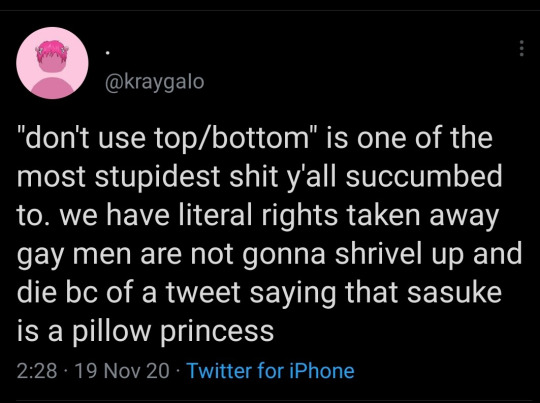

he’s always the center in these discussions. patron saint of yaoi culture
8K notes
·
View notes
Text

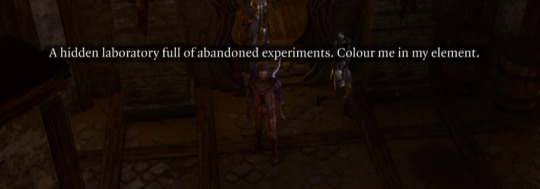




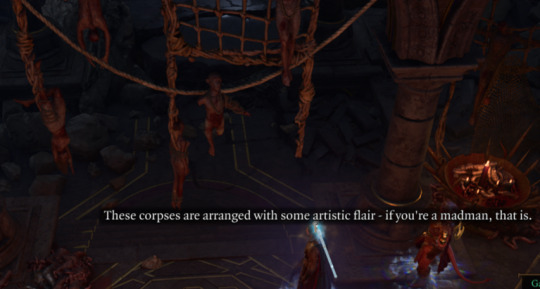
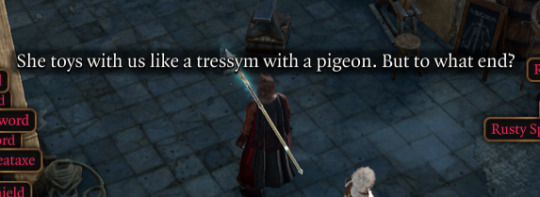






made a couple of posts about Astarion being hilarious gremlin but never made a collection of Gale's silly talks?? I should've fixed it
#like i collected them for nothing#him being like mmmmm strange book in abandoned dark place#yeah i wont learn my life lessons lets open it#bg3 screenshots#baldur's gate#baldur's gate 3#bg3 gale#gale of waterdeep#gale dekarios#gale origin#most of it is his origin#man is so hilarious to play#mystuff#damn is there normal tw tag for game corpses ajdhdjdn
7K notes
·
View notes
Text


I realize you can’t see it perfectly but Bill is saying “WHAT THE SIGMA”
yeah it’s just silly but you know he would say it just to piss people off
#my art#art#fanart#digital art#commissions#medibang paint#open commissions#commission#bill cipher#stanford pines#billford#the book of bill#gravity falls
2K notes
·
View notes
Text
also in regards to that last article about varied ways of thinking about psychosis/altered states that don't just align with medical model or carceral psychiatry---I always love sharing about Bethel House and their practices of peer support for schizophrenia that are founded on something called tojisha kenkyu, but I don't see it mentioned as often as things like HVN and Soteria House.

ID: [A colorful digital drawing of a group of people having a meeting inside a house while it snows outside.]
"What really set the stage for tōjisha-kenkyū were two social movements started by those with disabilities. In the 1950s, a new disability movement was burgeoning in Japan, but it wasn’t until the 1970s that those with physical disabilities, such as cerebral palsy, began to advocate for themselves more actively as tōjisha. For those in this movement, their disability is visible. They know where their discomfort comes from, why they are discriminated against, and in what ways they need society to change. Their movement had a clear sense of purpose: make society accommodate the needs of people with disabilities. Around the same time, during the 1970s, a second movement was started by those with mental health issues, such as addiction (particularly alcohol misuse) and schizophrenia. Their disabilities are not always visible. People in this second movement may not have always known they had a disability and, even after they identify their problems, they may remain uncertain about the nature of their disability. Unlike those with physical and visible disabilities, this second group of tōjisha were not always sure how to advocate for themselves as members of society. They didn’t know what they wanted and needed from society. This knowing required new kinds of self-knowledge.
As the story goes, tōjisha-kenkyū emerged in the Japanese fishing town of Urakawa in southern Hokkaido in the early 2000s. It began in the 1980s when locals who had been diagnosed with psychiatric disorders created a peer-support group in a run-down church, which was renamed ‘Bethel House’. The establishment of Bethel House (or just Bethel) was also aided by the maverick psychiatrist Toshiaki Kawamura and an innovative social worker named Ikuyoshi Mukaiyachi. From the start, Bethel embodied the experimental spirit that followed the ‘antipsychiatry’ movement in Japan, which proposed ideas for how psychiatry might be done differently, without relying only on diagnostic manuals and experts. But finding new methods was incredibly difficult and, in the early days of Bethel, both staff and members often struggled with a recurring problem: how is it possible to get beyond traditional psychiatric treatments when someone is still being tormented by their disabling symptoms? Tōjisha-kenkyū was born directly out of a desperate search for answers.
In the early 2000s, one of Bethel’s members with schizophrenia was struggling to understand who he was and why he acted the way he did. This struggle had become urgent after he had set his own home on fire in a fit of anger. In the aftermath, he was overwhelmed and desperate. At his wits’ end about how to help, Mukaiyachi asked him if perhaps he wanted to kenkyū (to ‘study’ or ‘research’) himself so he could understand his problems and find a better way to cope with his illness. Apparently, the term ‘kenkyū’ had an immediate appeal, and others at Bethel began to adopt it, too – especially those with serious mental health problems who were constantly urged to think about (and apologise) for who they were and how they behaved. Instead of being passive ‘patients’ who felt they needed to keep their heads down and be ashamed for acting differently, they could now become active ‘researchers’ of their own ailments. Tōjisha-kenkyū allowed these people to deny labels such as ‘victim’, ‘patient’ or ‘minority’, and to reclaim their agency.
Tōjisha-kenkyū is based on a simple idea. Humans have long shared their troubles so that others can empathise and offer wisdom about how to solve problems. Yet the experience of mental illness is often accompanied by an absence of collective sharing and problem-solving. Mental health issues are treated like shameful secrets that must be hidden, remain unspoken, and dealt with in private. This creates confused and lonely people, who can only be ‘saved’ by the top-down knowledge of expert psychiatrists. Tōjisha-kenkyū simply encourages people to ‘study’ their own problems, and to investigate patterns and solutions in the writing and testimonies of fellow tōjisha.
Self-reflection is at the heart of this practice. Tōjisha-kenkyū incorporates various forms of reflection developed in clinical methods, such as social skills training and cognitive behavioural therapy, but the reflections of a tōjisha don’t begin and end at the individual. Instead, self-reflection is always shared, becoming a form of knowledge that can be communally reflected upon and improved. At Bethel House, members found it liberating that they could define themselves as ‘producers’ of a new form of knowledge, just like the doctors and scientists who diagnosed and studied them in hospital wards. The experiential knowledge of Bethel members now forms the basis of an open and shared public domain of collective knowledge about mental health, one distributed through books, newspaper articles, documentaries and social media.
Tōjisha-kenkyū quickly caught on, making Bethel House a site of pilgrimage for those seeking alternatives to traditional psychiatry. Eventually, a café was opened, public lectures and events were held, and even merchandise (including T-shirts depicting members’ hallucinations) was sold to help support the project. Bethel won further fame when their ‘Hallucination and Delusion Grand Prix’ was aired on national television in Japan. At these events, people in Urakawa are invited to listen and laugh alongside Bethel members who share stories of their hallucinations and delusions. Afterwards, the audience votes to decide who should win first prize for the most hilarious or moving account. One previous winner told a story about a failed journey into the mountains to ride a UFO and ‘save the world’ (it failed because other Bethel members convinced him he needed a licence to ride a UFO, which he didn’t have). Another winner told a story about living in a public restroom at a train station for four days to respect the orders of an auditory hallucination. Tōjisha-kenkyū received further interest, in and outside Japan, when the American anthropologist Karen Nakamura wrote A Disability of the Soul: An Ethnography of Schizophrenia and Mental Illness in Contemporary Japan (2013), a detailed and moving account of life at Bethel House. "
-Japan's Radical Alternative to Psychiatric Diagnosis by Satsuki Ayaya and Junko Kitanaka
#personal#psych abolition#mad liberation#psychosis#altered states#antipsych#antipsychiatry#mad pride#peer support#schizophrenia#i have a pdf of the book somewhere if anyone wants#the book and the documentary also discuss some of the pratical struggles in creating a community like this which i also found helpful as#someone who is very interested in helping open a peer respite.
2K notes
·
View notes
Text
My human bill design

Plus some other random doodles to go with him



Anyhow…

Who should I draw next?
#gravity falls fanart#gravity falls#billford#the book of bill#bill cipher#human bill cipher#human bill design#digital artist#commisions open#fanart
1K notes
·
View notes
Text
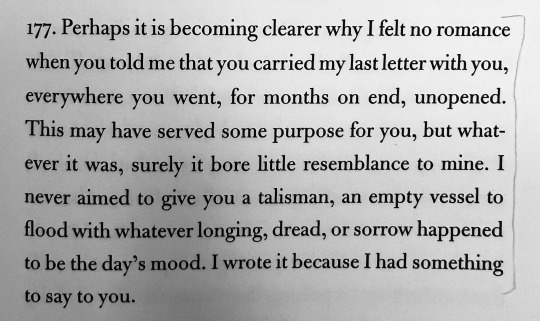
i never aimed to give you a talisman!! i had something to say to you!!!!!!!!
#opening up a fave book to a random page just to get fucking DECKED#edit: this is from bluets by maggie nelson btw!
28K notes
·
View notes
Text



had lots of fun drawing my piece for @nightinthewoodszine!
#artists on tumblr#illustration#my art#night in the woods#nitw#mae borowski#bea nitw#gregg nitw#angus nitw#selmers nitw#germ nitw#jackie nitw#leftover sales are open now!!!!!!! the book came out so pretty
7K notes
·
View notes